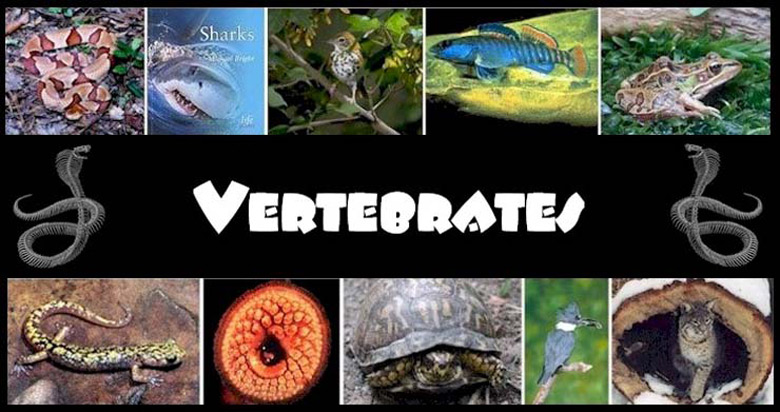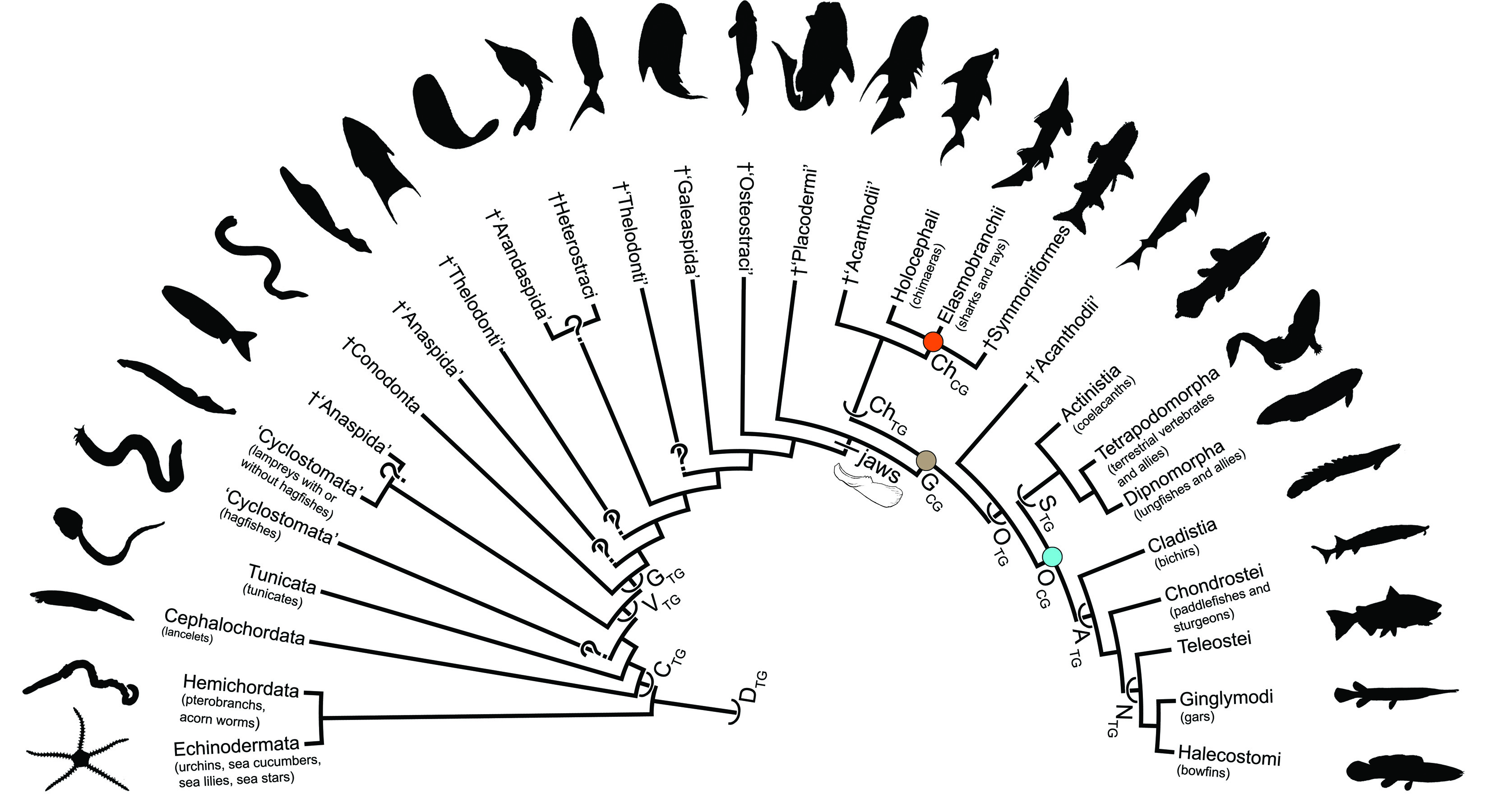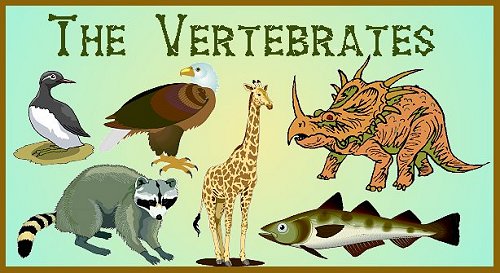| Animals World |
|
|
Vertebrates
The Vertebrata are a subphylum of the phylum
Chordata. The six vertebrate classes are lampreys,
true fish, frogs and toads, reptiles, birds,
and mammals. A vertebrate animal has a spinal
column (backbone) made of bone or cartilage, and
a brain case (skull). Vertebrates also have two
pairs of limbs (though some have lost limbs
through evolution), and a bilaterally paired muscular
system. The backbone that gives the subphylum
its name is a group of small bones or cartilage
pieces with articulating surfaces (vertebrae).
Ribs and bones that support the limbs are attached
to the backbone. The ribs protect the heart, lungs,
and other internal organs, and can expand and
contract. The earliest vertebrate fossils occur in
rock from the Paleozoic era.
The vertebrae serve to encase and protect the
spinal cord, a major part of the vertebrate nervous
system. The central nervous system also has an
enlarged, highly differentiated upper portion, the
brain. The bony skull of a vertebrate also serves to
encase and protect that brain, as well as providing
a base for the vulnerable sensory organs of eyes,
ears, nose, and mouth, which are thus efficiently
located close to the brain.
The more primitive members of the phylum
Chordata have notochords, solid or segmented
columns that cover the nervous system. Vertebrates
resemble chordates in having notochords
in their embryonic state. The vertebrae develop
around the notochord. The trunk of a vertebrate
is a hollow cavity in which the heart, lungs, and
digestive tract are suspended. The central nervous
system branches out from the spinal column
to reach all internal organs, muscles, and
skin. The support offered to the brain and nervous
system by the vertebrae has allowed vertebrates
to evolve increasingly large brains, which
in turn has allowed vertebrates to become increasingly
intelligent and responsive to their environment.
|
The Common Characteristics of Vertebrates
Complex, paired eyes |
|
Copyright 2016 |
|



